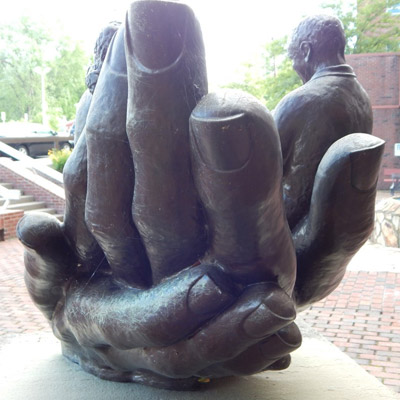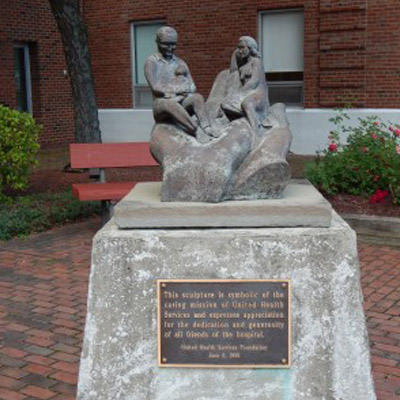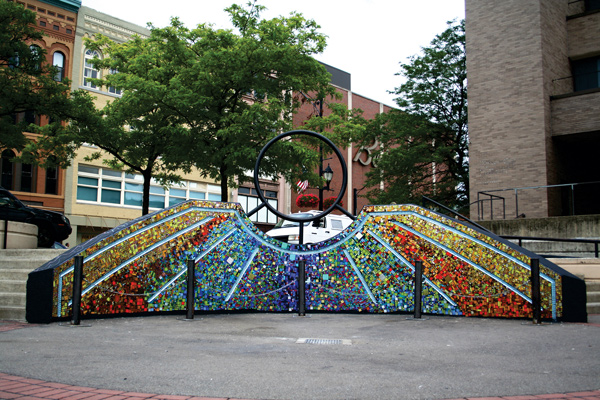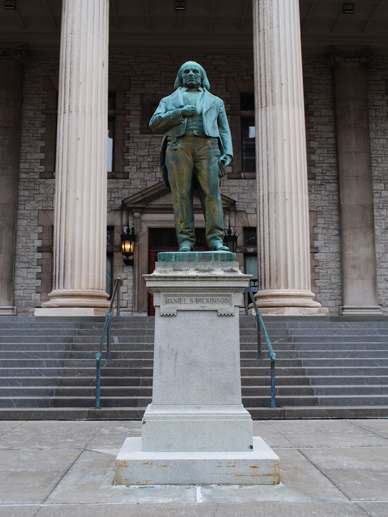Reviewed by Sherri Strichman
Tri-Cities Opera opened its season last night (Oct. 23) with a wonderful production of Rossini’s The Barber of Seville. It was beautiful to look at, thanks to scenic designer Robert Little, lighting designer John E. Vestal, costume designer Barbara Wolfe and coordinator Jana Kucera, and makeup and hair designer Danielle Baker.
The plot, in 50 words or less: Count Almaviva, disguised as a poor student, Lindoro, enlists the aid of Figaro the barber in courting Rosina. She is kept under strict watch by her guardian, Dr. Bartolo, who wishes to marry her for her fortune. Bartolo is helped by the music master, Don Basilio.
Much as I love Rossini opera, I would have to admit there are often dead spots (or badly filled ones) on stage during long introductions to set pieces or orchestral interludes. TCO’s stage director, J.J. Hudson, made these potential black holes interesting and amusing by staging that showed the layers of characterization available to principal, choral and supernumerary performers. Everything was thought out; every empty spot covered without becoming frantic. And TCO’s young cast of singers was very well able to undertake the lively staging. Great work, Mr. Hudson!
The opera was off to flying start with the overture. The orchestra, conducted by Vlad Iftinca, was light and crisp throughout the evening. I was astonished at some of the tempi, but the entire cast was up to the task of handling the coloratura and patter.
The male chorus, prepped by Eric David Frei, sounded harmonious and manly and provided an amusing accompaniment to Almaviva’s first serenade beneath Rosina’s window.
Jonathan Blalock sang Almaviva’s music with beauty and clarity. As Figaro, Scott Purcell had lovely ringing tones and great stage presence. Their Scene 1 closing duet was terrific.
Mary Beth Nelson, as Rosina, was everything that was charming. “Una voce poco fa” is sung by half the female singers in the world (mezzos in E, sopranos in F), but she really made the aria her own.
Jake Stamatis was an audience favorite as Dr. Bartolo. I’ve never seen this character portrayed as he was last night, and audience loved him. Usually this role is sung by an older person whose vocal weight is not so close to that of the Figaro. However, Stamatis’ vocal characterizations set him apart.
In fact, every singer on stage — all those mentioned already, as well as Andrew Hiers as Basilio and Abigail Smith as Berta — produced amazing vocal characterizations of the text without sacrificing tonal beauty. And they all have beautiful voices.
My favorite moments: the Act I finale, including the famous “Fredda ed immobile” (“Frozen and motionless”) ensemble, and the delightful “Zitti, zitti” trio of Act II in which Figaro and the eloping Rosina and Almaviva tell each other — at great length — to hurry, only to find that their ladder has been removed from Rosina’s balcony window.
I know I have been tending toward superlatives in this review. Let’s just say that I have seldom had such fun watching an opera. Worth the price? Absolutely!
IF YOU GO: The second and final performance of The Barber of Seville will be at 3 p.m. Sunday (Oct. 25) at The Forum, 236 Washington St., Binghamton. For tickets, call 772-0400, or visit www.tricitiesopera.com. The performance is in Italian with English surtitles.



































